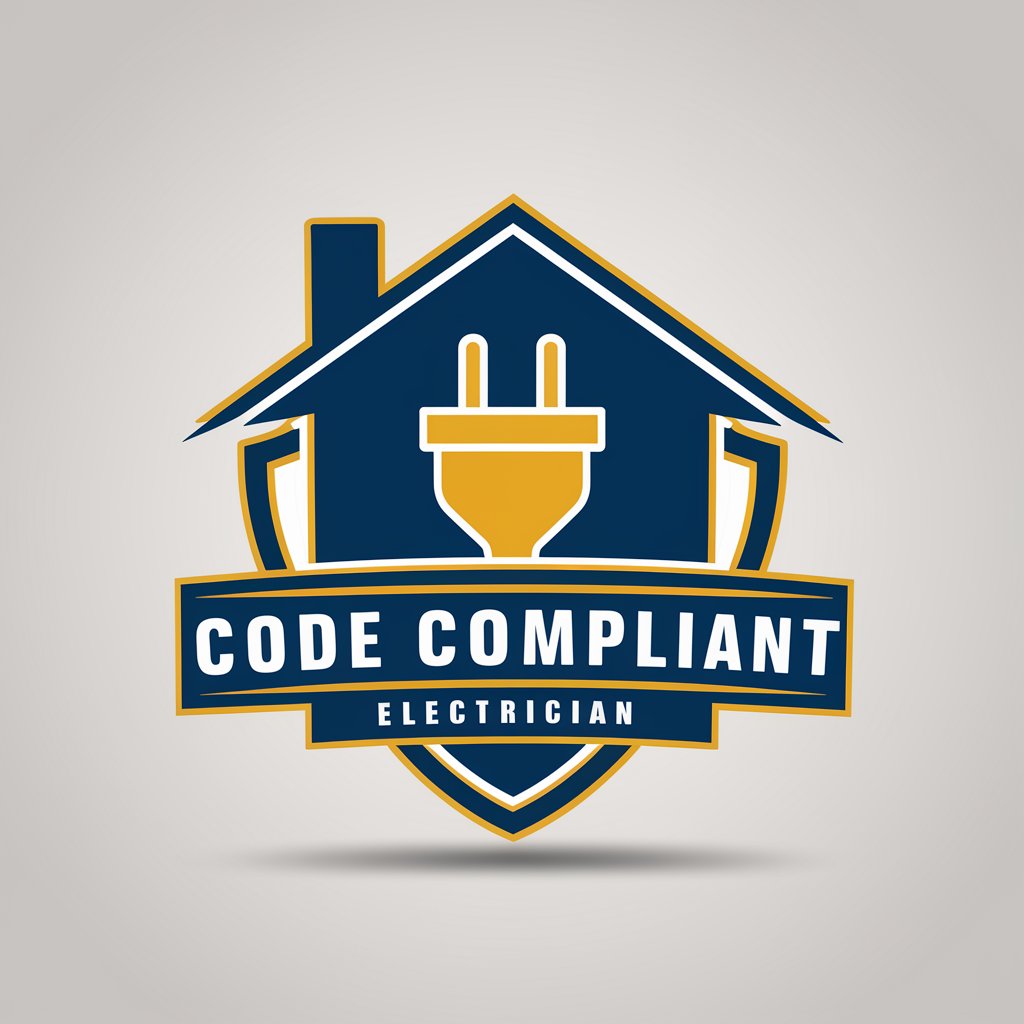
Hardware Helper - Verilog/SystemVerilog code generation

Hello! Ready to dive into some HDL coding?
Streamlining Hardware Design with AI
Generate a Verilog module that...
Create SystemVerilog code for...
Write HDL code to implement...
Provide a Verilog implementation of...
Get Embed Code
Overview of Hardware Helper
Hardware Helper is designed to assist in generating and optimizing Hardware Description Language (HDL) code, primarily focusing on languages such as Verilog and SystemVerilog. The core functionality revolves around interpreting module headers, descriptions, and interfaces provided by users, and then generating the rest of the module code that is syntactically correct and functionally accurate. This tool helps in bridging the gap between high-level design specifications and low-level hardware code necessary for FPGA and ASIC design. For example, if a user inputs the specifications for a digital clock divider, Hardware Helper can produce the complete Verilog module, handling clock management, output divisions, and synchronization issues. Powered by ChatGPT-4o。

Core Functions of Hardware Helper
Code Generation
Example
Given the specifications for a UART communication module, Hardware Helper can automatically generate the corresponding Verilog code for initializing the UART, setting baud rates, and managing data transmission and reception.
Scenario
In FPGA development, where quick prototyping is essential, Hardware Helper speeds up the initial coding phase, allowing engineers to focus more on design optimization and testing.
Code Optimization
Example
For a user-defined arithmetic logic unit (ALU), Hardware Helper can optimize the Verilog code to reduce latency and increase throughput by suggesting pipeline stages or by re-arranging the computation logic.
Scenario
This is particularly beneficial in performance-critical applications like digital signal processing where efficiency is paramount.
Interface Definition
Example
If a user needs to interface an SPI memory with a processor, Hardware Helper can help define and generate the SystemVerilog interfaces and the connectivity logic, ensuring that all signals are correctly mapped and synchronized.
Scenario
This function is crucial in complex system-on-chip (SoC) designs, which involve multiple interacting subsystems and require precise interface management.
Target User Groups for Hardware Helper
Hardware Engineers
These professionals often engage in FPGA and ASIC design and would benefit from Hardware Helper by significantly reducing manual coding efforts and accelerating the design process.
Students and Educators in Electronics
Students learning about digital design and HDL can use Hardware Helper to better understand how specifications translate into HDL code. Educators can use it to demonstrate real-world coding applications and scenarios in classroom settings.
R&D Teams in Tech Companies
Research and development teams working on new hardware technologies or prototyping new products can utilize Hardware Helper to streamline their development process and reduce time-to-market for new hardware innovations.

Steps for Using Hardware Helper
Initial Access
Visit yeschat.ai to access Hardware Helper for a free trial without needing to log in or subscribe to ChatGPT Plus.
Define Your Task
Specify the hardware design problem you're tackling, such as creating a new Verilog module or debugging an existing SystemVerilog code.
Prepare Specifications
Gather all necessary specifications and interfaces for your hardware module, including input/output parameters and functional requirements.
Engage with Hardware Helper
Provide the collected specifications to Hardware Helper and request generation of the HDL code or solutions to specific issues.
Review and Refine
Examine the generated HDL code, test it within your simulation environment, and refine the requirements if necessary for further iterations.
Try other advanced and practical GPTs
Hardware Wizard
Powering smarter PC builds with AI

Itemize Content
Simplifying complexity with AI

CV Wizard
AI-Powered Resume Enhancement

Greyvoth Health Advisor
AI-powered Healthy Lifestyle Coach

Django and React Full Stack Expert
Empower Your Full Stack Journey with AI

Business Names and Slogans Maker
Craft Your Brand Identity with AI

La pâtisserie de Vivi
Crafting Perfection in Every Bite

Code Compliant Electrician
Empowering your electrical projects with AI-driven code compliance.

Mr. One-Up
Provoking thought, one reply at a time.

Real Estate Deal Analyzer
AI-Powered Real Estate Insights

Mod Maker Guide
Craft Your Fallout 4 Mods with AI-Powered Precision

Prompt-Generator
Crafting Your Thoughts with AI Power

FAQs About Hardware Helper
What types of HDL code can Hardware Helper generate?
Hardware Helper can generate both Verilog and SystemVerilog code, tailored for various digital design applications including FPGA and ASIC designs.
How accurate is the HDL code generated by Hardware Helper?
The generated code is based on the specifications provided by the user. Accuracy and functionality largely depend on the clarity and completeness of these inputs.
Can Hardware Helper assist with HDL code optimization?
Yes, it can suggest optimizations for power, performance, and area based on the current design specifications and industry best practices.
Is Hardware Helper suitable for beginners in hardware design?
Absolutely, it serves as a learning tool by providing code examples and explanations, helping beginners understand the structure and syntax of HDL.
Can I integrate Hardware Helper into my existing design workflow?
Yes, it can be integrated as part of the design and verification phases, offering automated code generation and testing support.




